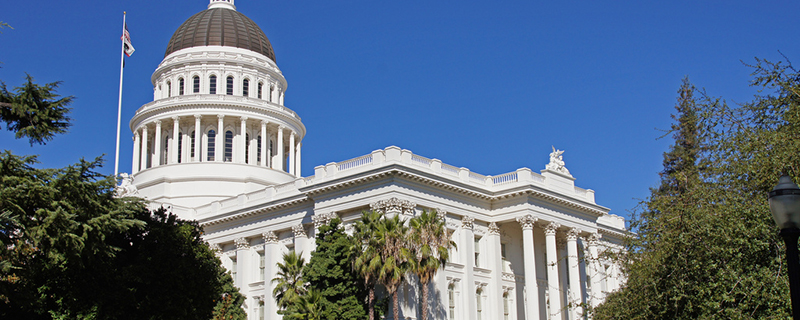While Democrats fought amongst themselves over gas tax relief last week, attention is now shifting to next week’s release of Gov. Newsom’s “May Revise” updated budget plan.
In advance, Senate Democrats put down their marker, unveiling their gas tax relief plan called the “Better for Families Rebate” as part of their “Putting California’s Wealth to Work for a More Equitable Economy” (no buzz words there) budget priorities.
It “provides $8 billion . . . to mitigate impacts of high energy costs and other goods, as well as the economic impacts of the pandemic.” Individuals earning up to $125,000 and families earning up to $250,000 would be eligible for a rebate of $200 per taxpayer plus $200 for dependents. CalWORKs and SSI/SSP recipients would also receive an additional grants.
In their view, the state has about “$68 billion of total unallocated General Fund resources,” and it’s clear from their plan that they intend to spend through much of it. The Newsom administration, in contrast, pegged the surplus at $29 billion in their January budget.
The 45-page budget outline is a predictable liberal big-spending wish list, though they tout $43.1 billion set aside in four separate state budget reserves. It includes more money for electric vehicle subsidies, “$7.5 billion in state and federal funds to build a climate-resilient water system” (but nothing apparently for above-ground water storage), $1 billion to accelerate Medi-Cal benefits for undocumented immigrants, and another $3 billion to build on Governor Newsom’s Project Homekey homeless initiative that has shown few results in reducing homelessness.
Reading through the Senate Democrat plan, it’s clear that a recent warning about looming budget danger from California’s nonpartisan Legislative Analyst fell on deaf ears. It’s also obvious that they never read our Wayne Winegarden’s “Beyond the New Normal” series on the ideal level of government spending to maximize economic growth.
In his latest “Fiscal Perspectives” article, Gabriel Petek cautioned that of 10,000 possible revenue scenarios his office conducted recently, 95 percent of them resulted in the state facing a budget problem in the 2025-26 budget year.
He estimates that for every dollar above the voter-approved Gann Limit, “the state faces approximately $1.60 in constitutional funding obligations.” If revenue continues to come in strong, this could mean $20 billion to $45 billion in Gann Limit requirements by 2025-26. And if the state faces a modest recession – more likely than not given the rocky state of the national economy – the state could face annual deficits of $10 to $12 billion in addition to Gann Limit requirements (which would be lower though still considerable in a downturn).
Petek calls the Governor’s January budget “not a fiscally sustainable starting point” and urges lawmakers to reject $10 billion in spending that Newsom proposed in January outside the Gann Limit. Don’t hold your breath.
Looking back at past budget debates, how to spend lots of money in the bank has often proven much more difficult than closing a major budget shortfall. The 2022-23 budget debate, however, is shaping up to be an unprecedentedly difficult one to navigate. In an election year, Newsom will surely want to spend more on politically-popular initiatives while maintaining a (for him) fiscally-responsible path.
Tired of years of budget austerity, the Senate Democrat plan shows Legislative Democrats want to spend big. They have little interest in any form of gas tax holiday or rebate proposed by Newsom or anyone else. Liberals want to spend the money on their priorities and hand out checks to their favored groups. While giving lip service to spending one-time money on one-time programs, it’s clear that liberal lawmakers have little appetite for enacting a budget that looks to the future. And expect them to push for a constitutional amendment to “reform” the Gann Limit so they can spent without these restrictions in the future.
How he closes the gap with lawmakers in enacting an on-time budget that gives Californians the relief from high gas prices they are expecting and doesn’t set him up for a fiscal meltdown in a prospective second term will be Newsom’s biggest budget test yet.
Tim Anaya is the Pacific Research Institute’s senior director of communications and the Sacramento office.

